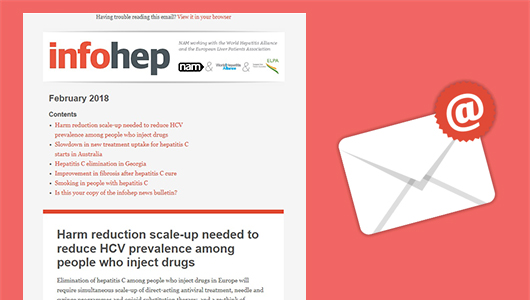
fizkes/Shutterstock.com
Cognitive impairment covers a wide spectrum of problems with memory, concentration, learning, attention span, decision-making ability and difficulties with mental tasks in everyday life. Some people with hepatitis C refer to these problems as ‘brain fog’. Cognitive impairment is more commonly observed in people with cirrhosis. In people with decompensated cirrhosis, it is an early sign of the onset of hepatic encephalopathy.
As cognitive impairment has a significant effect on quality of life, Spanish researchers wanted to find out whether direct-acting antiviral treatment reduced cognitive impairment. Learning that curing hepatitis C can reduce cognitive impairment might also encourage people to overcome their reluctance to start direct-acting antiviral treatment.
The study evaluated cognitive changes in 135 people cured of hepatitis C between 2015 and 2017. Thirty-two per cent had cirrhosis. At study entry, 34% of people with cirrhosis and 14% without cirrhosis had cognitive impairment. Cognitive impairment was associated with arterial hypertension and hepatic encephalopathy. A greater number of years of education was associated with a reduced risk of cognitive impairment.
After eradication of hepatitis C, people with cirrhosis showed significant improvements in measures of motor function, executive function, processing speed, attention and global cognitive function. They also showed improvements in Psychometric Hepatic Encephalopathy Scores.
People with cirrhosis also experienced significant improvements in mood and some measures of health-related quality of life.
However, people with cirrhosis at baseline still displayed worse cognitive performance than people without cirrhosis 48 weeks after completing treatment.
Cognitive function also improved in people without cirrhosis.
Improvement in cognitive function was significantly greater in people with cognitive impairment at baseline, especially those with worse cognitive impairment, and in older patients.
The study authors conclude that curing hepatitis C can improve cognitive function regardless of liver disease stage, with the greatest benefits in older people and those with lower brain reserve.






Connect with infohep on Facebook: Keep up to date with all the latest news and developments.
Follow infohep on Twitter for links to news stories and updates from infohep.org. Follow us at www.twitter.com/infohep.
Follow all the infohep news by subscribing to our RSS feeds.